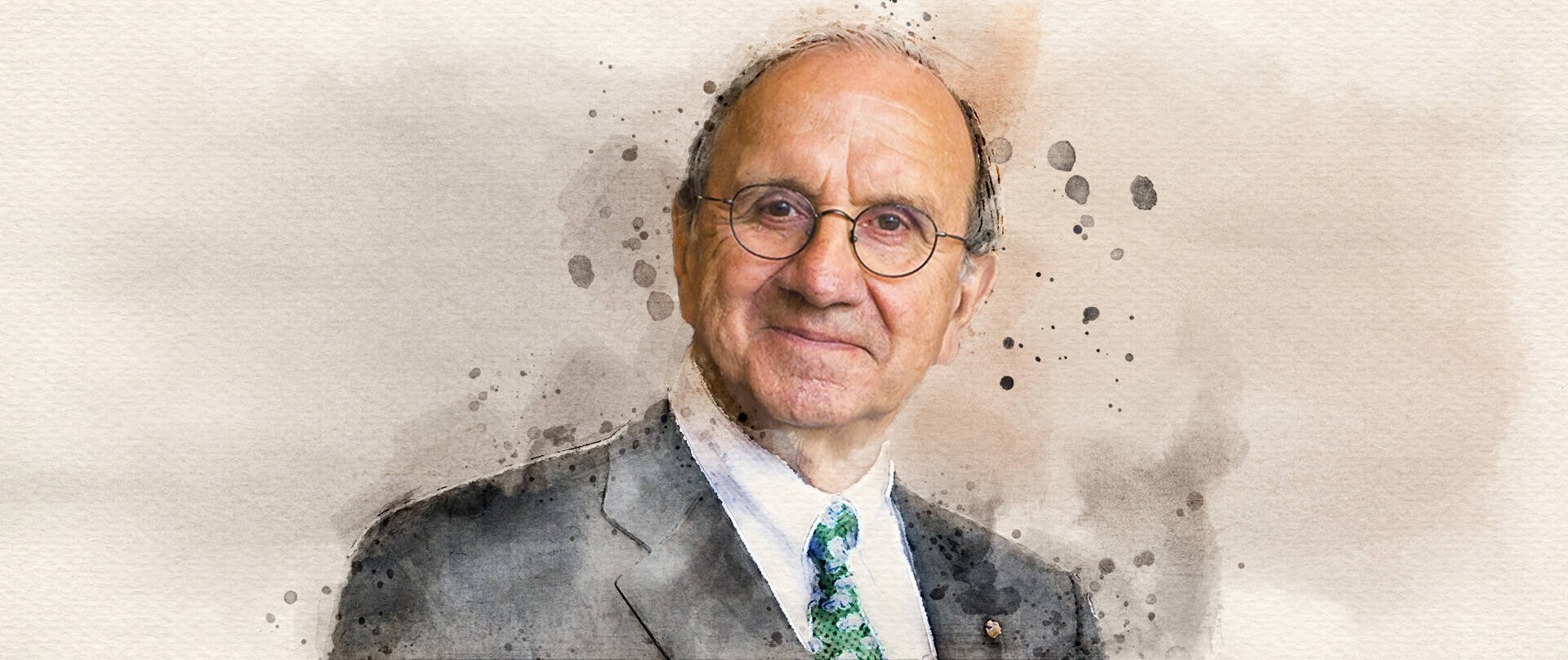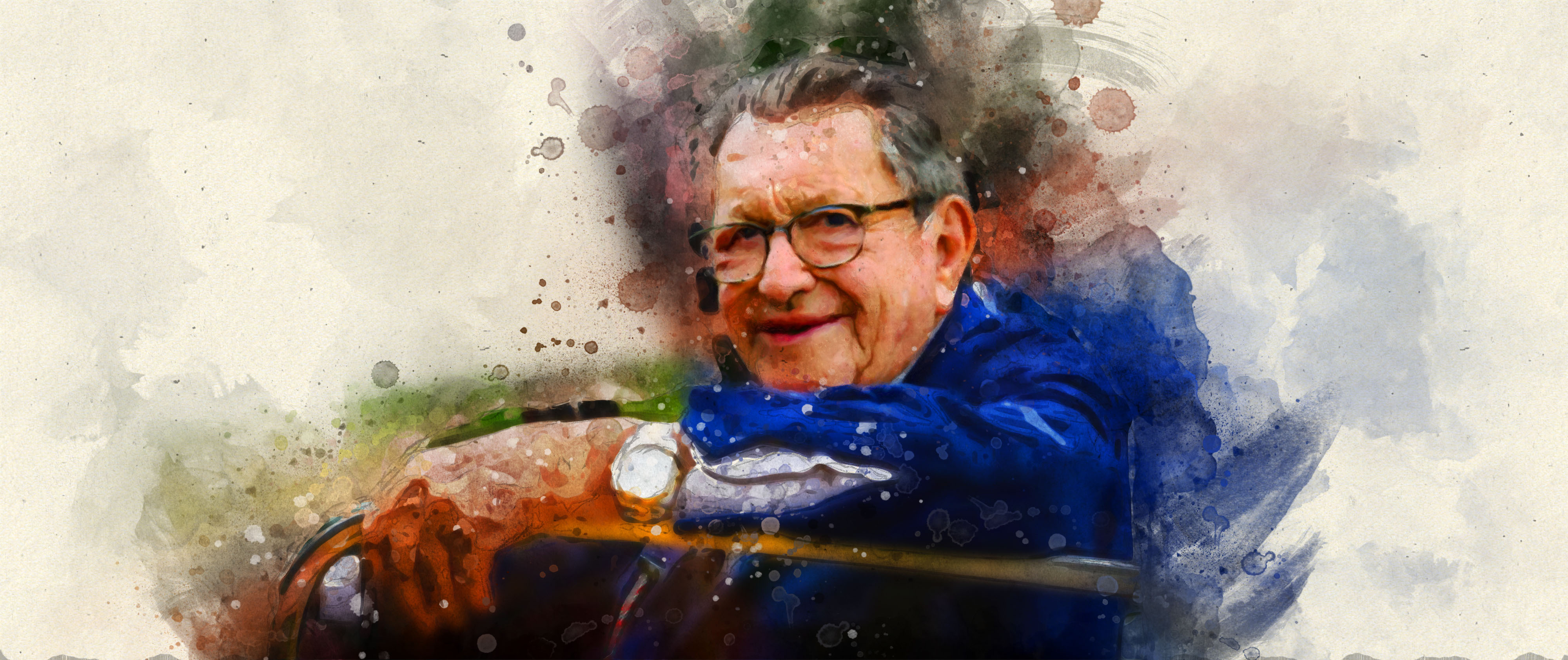Michael Turner
22 July 2020 1 min read 5 images

Getting to know an artist can help you to understand their work. When you arrive at the cottage, 30 miles or so from London, where Michael Turner lives and works, you find yourself really entering his world, albeit not immediately, it has to be said. In fact, first of all, he and his wife give you a warm welcome in their elegant living room whose windows overlook a large garden in full bloom.
Register to unlock this article
Signing up is free and gives you access to hundreds of articles and additional benefits. See what’s included in your free membership. See what's included in your free membership.
Already have an account? Log In


